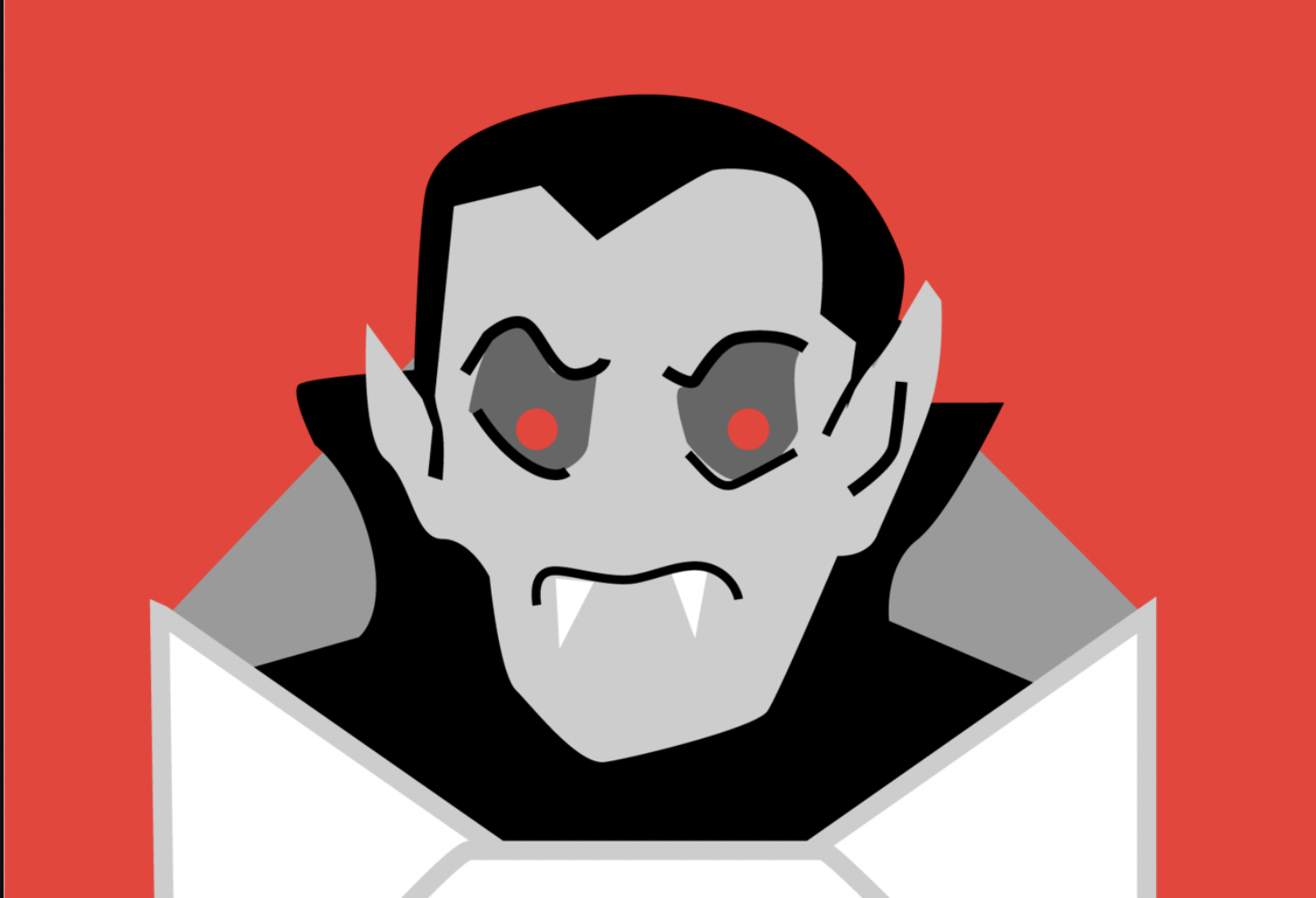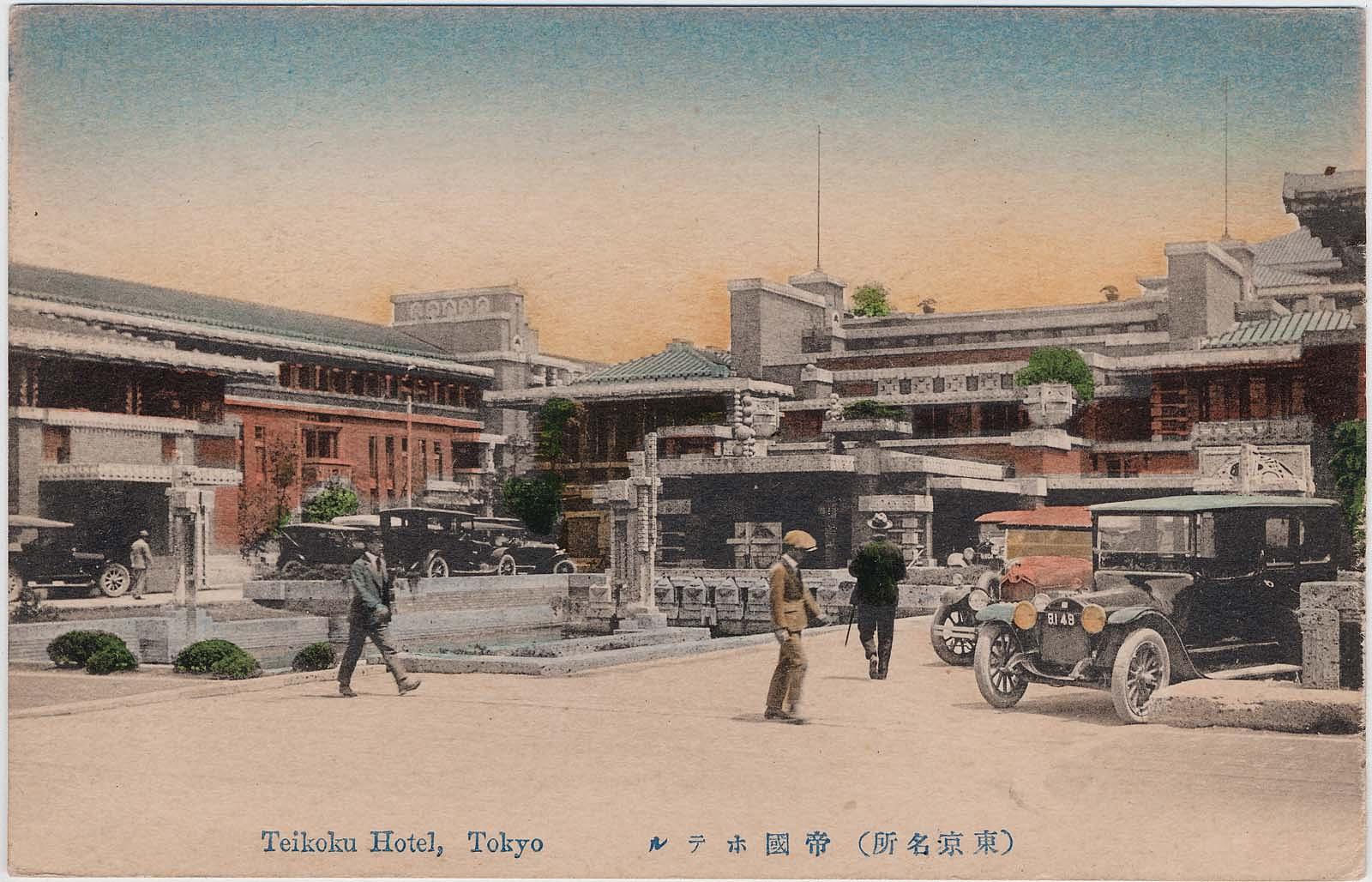This past Tuesday, April 26, experimental German electronic composer and musician Klaus Schulze died, leaving a musical legacy as significant as they come in the past half-century or so. Crowned the “godfather of techno,” Pitchfork writes, he was integral to both Krautrock (as 1970s German progressive rock was unflatteringly called) and the “Berlin School” of techno, and he “laid the groundwork for ambient, IDM, and many other sub-genres of contemporary electronic music. His relevance never waned.” Although a legend among those in the know, Schulze isn’t known in broader popular culture.
He should be, and will be, says Oscar-winning Dune composer Hans Zimmer, who worked parts of Schulze’s 1978 composition “Frank Herbert” (below) into the 2021 film’s score. “Klaus Schulze’s music has never been as relevant as it is now,” said Zimmer.
Soon afterward, Schulz recorded a new album, Deus Arrakis, scheduled for release on June 10. “I needed more of that spice,” the 74-year-old composer said. (See him above, sitting cross-legged, with blonde Prince Valiant ‘do, performing “For Barry Graves” live in Köln in 1977.) “From there I felt completely unleashed and just played and played…”
Given Schulze’s staying power and influence, it may be puzzling that he isn’t mentioned with household names like Brian Eno and Kraftwerk, or even hipper names to drop like Karlheinz Stockhausen or Jean-Michel Jarre. This is in part because he rarely stuck with one sound long enough for praise and couldn’t have cared less whether anyone knew who he was. Though an early member, as a percussionist, of Tangerine Dream, Schulze left after their 1970 debut, Electronic Meditation to form the band Ash Ra Tempel, which he also left after their stellar self-titled debut, a psychedelic classic (though he’d return occasionally over the decades) to form and dissolve project after project, while also consistently releasing albums under his own name.
Moving from band to band was hardly unusual in the 1970s German music scene. Two of Kraftwerk’s founding members split off to form major post-punk influence NEU! (then further split for other projects); the list of current and former Tangerine Dream members runs over two score entries. Schulze’s “almost allergic response to the past,” Pitchfork writes, set him apart. “The composer refused to release reworks of his catalog, instead preferring to push forward and discover new sounds.” His experimentation started as a drummer in the 1960s for Berlin bands, when he began “placing his guitar on the ground and playing it with unlikely objects such as metal tubes and copper plates.”
“His first solo release was Irrlicht in 1972,” The Guardian notes, “a composition in four parts that involved Schulze manipulating a broken organ, recordings of an orchestra and an amplifier to create a towering wall of sound.” His next album, 1973’s Cyborg, began his use of synthesizers, which continued throughout his 50-album run (including live albums and soundtracks) but never typecast him. After Cyborg, Rolling Stone writes:
Schulze and his labelmates formed the Krautrock supergroup Cosmic Jokers and their eponymous debut album. That collaboration segued into the most vital period of Schulze’s solo career, as the mid-to-late Seventies saw the release of electronic music classics like 1975’s Timewind, 1976’s Moondawn and 1978’s “X.”
The list of solo albums and collaborations continues (including an all-Moog interpretation of Pink Floyd titled Dark Side of the Moog), stacking up into a must-hear list of titles for those unfamiliar with Schulze’s work. “I hope never to get boring,” he said in 1997, and he meant it. “If an artist cannot amaze people anymore, that’s the end.”
Reaching the end of his own life, after a long illness, Schulze did deign to revisit a moment from his past. It propelled him forward into his final work. “At the end of that second private Dune journey,” he said, “I realized: Deus Arrakis became another salute to Frank Herbert and to that great gift of life in general.”
Schulze lived and still lives in the music he inspired, performed, and recorded. “There was still so much to write about him as a human and artist,” concludes a statement from his family, “but he probably would have said by now: nuff said!… You know what he was like: his music matters, not his person.” Or maybe it was that the two were inseparable. Hear music from his upcoming and final album, Deus Arrakis, just above.
Related Content:
The History of Electronic Music in 476 Tracks (1937–2001)
Josh Jones is a writer and musician based in Durham, NC. Follow him at @jdmagness








